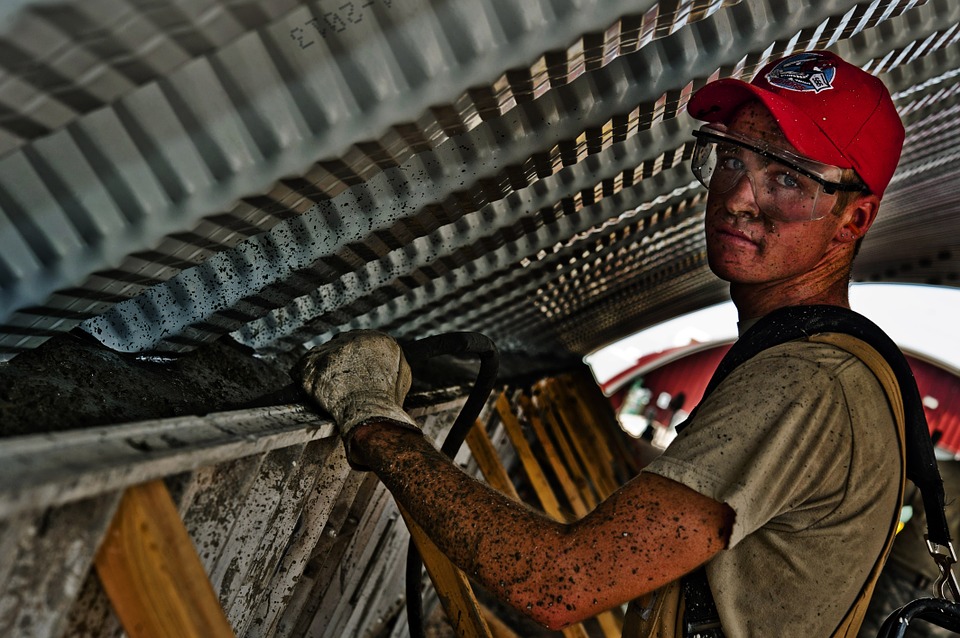OSHA reports that in 2016, there were 5,190 workplace accidents that resulted in a death. That’s over 14 per day! But danger varies across professions, and some have a far greater risk than others. When you look at the common workplace injury by profession and the cause of preventable death for professions, it’s easier to tell which pose the most risk to their workers and how employees in different industries are likely to be injured. It also sheds light on the most common causes of injury across professions and the type of work that seems to lead to greater chances of injury.
The Most Dangerous Professions
By far the most fatal, construction deaths in 2016 from preventable causes made up 21 percent of the total 5,190. Construction workers often face dangerous situations, and more than half of these deaths and injuries can be attributed to the big four: falls (38.7 percent), being struck by an object (9.4 percent), electrocution (8.3 percent) and becoming stuck between two objects (7.3 percent). OSHA also noted that many of the most common citations for unsafe work environments were found in the construction industry.
As far as injuries go, the most dangerous professions include animal production (where workers commonly sustain injuries from the animals they work with), nursing (where nurses are exposed to disease or accidental injury from patients), couriers (who ride bikes in the street and are often hit by cars), wood product manufacturing (where employees deal with heavy machinery) and air transportation (where workers are also around heavy machinery and must lift luggage and assist with plane operations often).
Common Injuries in Other Professions
Slips, trips and falls occur in every industry and make up about a third of lost-time injury claims. A bad slip or a fall can result in injuries that keep employees from being able to do their work for months. Overexertion is also frequently reported, being present in over 30 percent of claims. Even in safe workplaces, it’s impossible to avoid every case of overexertion or falling. Assault and automobile accidents while on the job were also frequently reported in many industries.
The Safest Professions
The professions with the least number of reported on-the-job injuries are the technical, scientific and professional industries. This is likely due to an indoor work environment that doesn’t require dealing with heavy equipment or slippery environments. These industries make up only 0.25 percent of workplace injuries. “Management of companies and enterprise” also represent only a small amount of total workplace injuries, weighing in at 0.27 percent. They were followed by “financial activities” at 0.37 percent, “professional and business services” at 0.53 percent, and “state government educational services,” which made up 0.58 percent. In general, jobs that require less strenuous activity appear to be far less dangerous than jobs that require physical labor.
Although it’s impossible to account for every type of injury, especially in industries such as construction where workers need to interface with heavy equipment that could hurt them, OSHA did make a note of common safety violations that resulted in injury. Even workers who sit behind a desk can be at risk if their companies fail to properly protect them, and so some injuries appear across many different professions. That being said, certain industries are more prone to injury and often must handle employees being out of work due to injury, like professions that require intense physical labor. Workers who are not required to participate in physically strenuous activity suffer from fewer injuries and on-the-job preventable deaths.
Last modified: April 6, 2018



